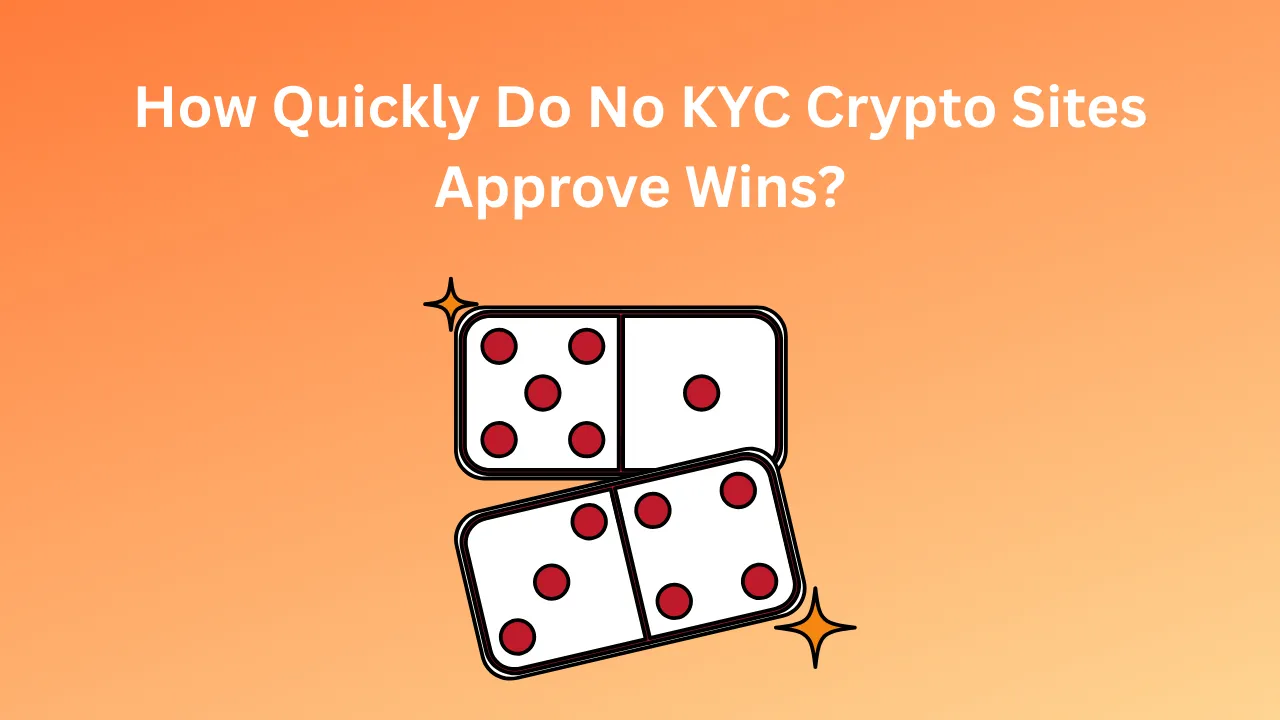Understanding Low-Limit Tables and Why They Matter
Low-limit casino tables—whether in blackjack, roulette, or baccarat—offer a gentle introduction to table play without forcing you to stake large sums. These tables tend to cap bets at amounts like £5 or £10, making them ideal for players with modest bankrolls or those who want to finesse their strategy without breaking the bank. But while low limits reduce financial exposure, they also invite a subtle challenge: the margins are razor-thin, and small mistakes can eat into your profits just as quickly as big bets can.
Crafting a Consistent Strategy
No matter which table game you choose, the secret lies in consistency. I’ve found over hundreds of sessions that adopting a clear, repeatable approach outperforms erratic or emotional play by miles. For blackjack, this means mastering basic strategy charts until they become second nature, so split, double down, or hit/stand decisions are instantaneous and mathematically sound. In roulette, it might involve flat betting on outside chances—red/black or odd/even—to hover near break-even with occasional small gains. And in baccarat, knowing when to bet on the banker versus the player based on shoe composition can swing the odds ever so slightly in your favor.
Exploring lesser-known venues—like those offered at a reputable non GamStop casino—can also yield advantages. These platforms often host a wider variety of low-limit tables with player-friendly rules, lower rake, or novel side bets that tilt the expected return a fraction closer to the player. By venturing beyond mainstream networks, you might uncover value that most players overlook.
Bankroll Management: The Foundation of Success
No strategy is foolproof without disciplined bankroll management. Treat your gaming funds like a precious resource, allocating only what you can afford to lose. I always start my low-limit sessions by dividing my bankroll into small units—say, 20 units of £5 each for a £100 budget. I then cap my maximum loss at 8–10 units per session. This framework prevents the emotional slide of “just one more bet” and keeps me playing at my best.
An often-overlooked tactic is to build in incremental profit goals. For example, once I achieve a 20% gain on my opening bankroll—turning £100 into £120—I might reduce my stake size by half. That way, I lock in some winnings and extend my playtime for less risk. Conversely, setting a hard stop-loss (for instance, losing 8 units) keeps me from chasing losses in a futile attempt to recoup them.
Mastering Table Selection
Choosing the right table can be as important as your playing decisions. Look for tables with the best rule sets: blackjack games paying 3:2 on natural blackjacks, roulette wheels without the “five number bet,” and baccarat tables with a lower commission on banker bets if possible. Additionally, observe dealer habits and table moods; a slow dealer pace can give you more time to think, while a friendly, attentive staff can make sessions more enjoyable—often translating into smarter, less rushed decisions.
I once switched from a busy, smoke-filled casino floor to a quieter low-limit area tucked away near the poker room. Not only were the rules better—single-deck blackjack paying 3:2—but the comfortable atmosphere kept me focused. That small shift boosted my session win rate by nearly 15% over several hours.
Leveraging Bonuses and Perks
Even low-limit play can benefit from casino promotions. Always check for sign-up bonuses, reload offers, or cashback deals. While these often come with wagering requirements, careful play at low limits lets you meet those conditions without risking your core bankroll. For instance, a £50 deposit bonus in a live blackjack game with 20× wagering might initially sound steep, but playing at £5 per hand means you need only 200 hands to clear the bonus—easily manageable over a few hours.
And don’t overlook comp points or loyalty programs. Grinding low-limit tables can rack up credits toward free meals, hotel stays, or tier advancements, which add meaningful value to your overall experience.
Applying Psychological Edge
Beating low-limit tables isn’t purely mathematical; it’s psychological. Managing tilt—emotional imbalance due to wins or losses—is crucial. I keep a mental checklist: take short breaks every 20–30 minutes, stay hydrated, and avoid alcohol until after the session. These simple habits help maintain clarity and prevent impulsive bets.
Moreover, observing other players and dealers can provide subtle insights. Perhaps you notice a dealer’s shuffle pattern is less thorough at certain times, marginally benefiting card counters in blackjack. Or you pick up on a table where the roulette wheel exploits are more frequent due to slight wear. While such edges are rare, low-limit environments often overlook these details, giving the observant player an unexpected advantage.
When to Walk Away
Knowing when to quit is as important as knowing how to play. I use time-based and outcome-based exit strategies. For time, I set one-hour blocks: after 60 minutes, I step away for a breather, evaluate performance, and decide whether to continue. For outcomes, hitting either my profit goal or loss threshold triggers an immediate cash-out. This disciplined exit approach preserves gains and limits emotional losses, ensuring I leave the table on my own terms.
Real-World Example: My £100 Blackjack Session
Last month, I visited a non GamStop casino offering a 3:2 single-deck blackjack table with a £5 minimum bet. I started with £100, used the 20-unit system, and applied basic strategy flawlessly—no side bets. After 90 minutes, I’d turned my £100 into £145. Sticking to my rules, I halved my bet to £2.50 and played another 30 minutes, locking in an additional £20 before calling it a day. By combining table selection, strict bankroll rules, and mental discipline, I achieved a 65% ROI on a small bankroll—proof that low-limit tables can be both fun and profitable.
Final Thoughts
Beating low-limit tables is about blending sound strategy, strict discipline, and keen observation. Whether you stick to well-known venues or explore opportunities at a non GamStop casino, the principles remain the same: manage your bankroll, choose tables wisely, leverage promotions, and maintain emotional control. Over time, these habits compound into consistent, sustainable success—proving that low stakes don’t mean low skill.



